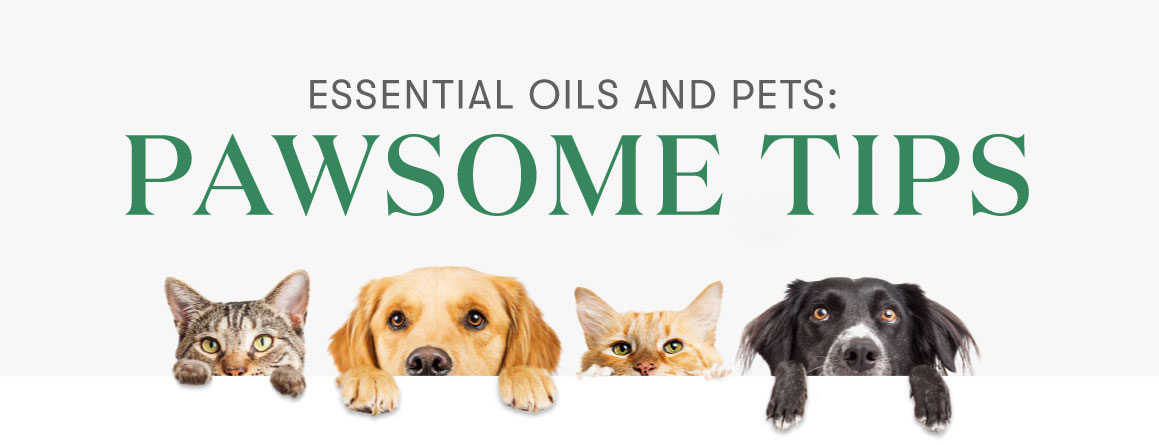| You love to share essential oils with your family, so it makes sense that you want to share them with your pets as well! Before you begin using essential oils for pets, you need to know the answers to some important questions: Can you use essential oils on dogs, cats, and other pets the same way you use them on yourself? How much should you use? What is the best way to administer oils for topical use?
It is important to note that animals cannot tell us if something is working or not, so we must exercise due caution and approach using oils on animals safely and responsibly. Not all essential oils are created equal. Make sure you are getting good information from qualified people who have used our Young Living oils with their animals successfully – this may or may not be an animal health professional. |

